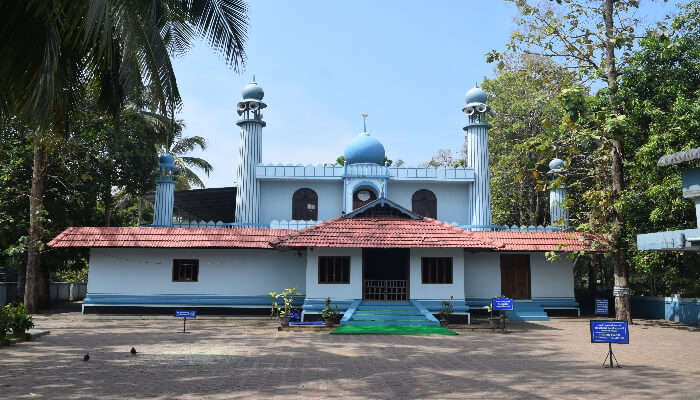
According to some legends, Cheraman Perumal ("Cheraman Perumal" being the title held by Chera kings) witnessed the splitting of the moon, a supernatural event mentioned in the Quran as a miracle performed by Muhammad when asked for one by Meccan unbelievers. The bewildered King confirmed with his astrologers that the incident had taken place but didn't know what to make of it. Arab merchants who had arrived at a Malabar port, a bustling global marketplace, sought audience with the King to have his permission to visit Ceylon. In conversation with them, the King learned about Muhammad, made his son the regent of his kingdom and traveled back with the Arab merchants to meet the man himself.[citation needed] The story goes that Cheraman Perumal arrived in Arabia with a gift of ginger pickles for Muhammad and his companions and converted to Islam "at the feet of Prophet Muhammad". The oral traditions of the legend differ greatly; another story goes that Cheraman Perumal was visiting the King of Maldives, and they discussed the splitting of the moon, both men deciding to visit Mecca to find out the truth. According to S. N. Sadasivan, a social historian, it wasn't the Cheraman Perumal of Malabar in the tale at all, but instead, the King of Maldives, whose capital city "Malé" was confused for "Malabar." In his book A Social History of India, Sadasivan argues that it was the King of Maldives, Kalimanja, who converted to Islam. Mali, which was known to seafarers then, might have been misunderstood as Malabar (Kerala). It might have given rise to the tale of Tajuddeen in the Cochin Gazetteer, which need not be expected to concoct such a tale which in no way enhances the prestige of the Brahmins or Hindu population. The history of the mosque has given it many architectural quirks, including that since it was a repurpose Buddhist shrine, until its reconstruction in 1000 CE, the mosque faced East instead of towards the Kaaba. However, even today, the mosque still includes some remnants of the shrine, including a traditional pond and a lamp that has been burning for a thousand years, with oil brought for it by visitors and pilgrims of all religions.